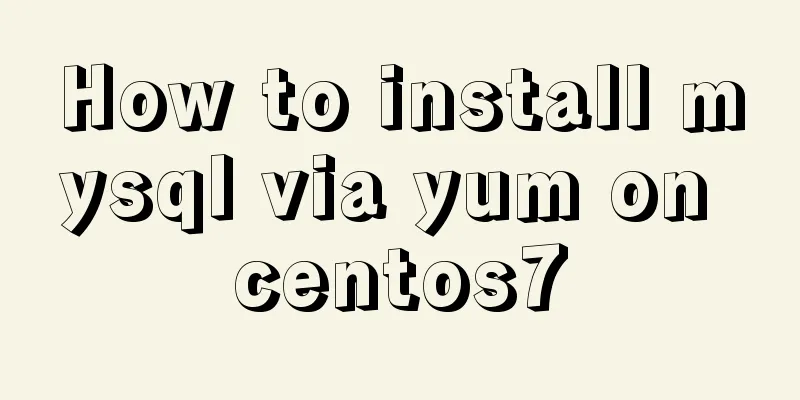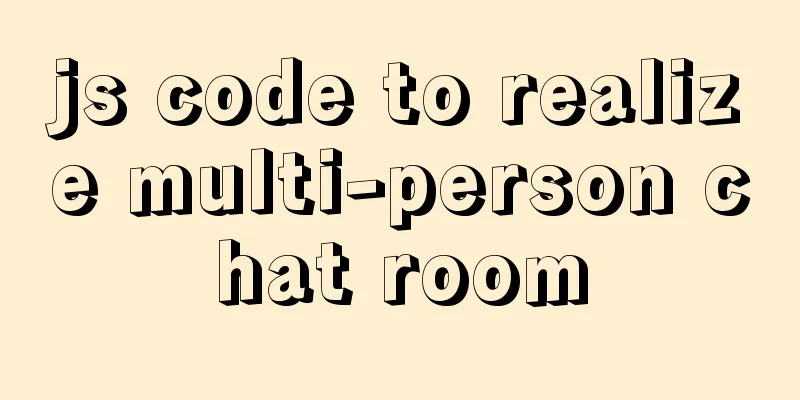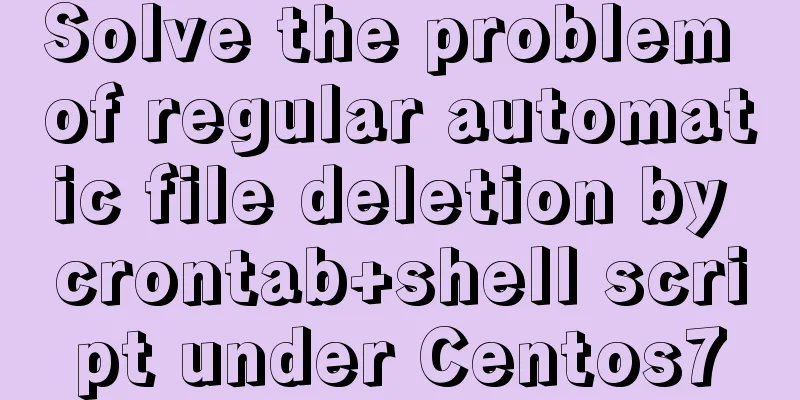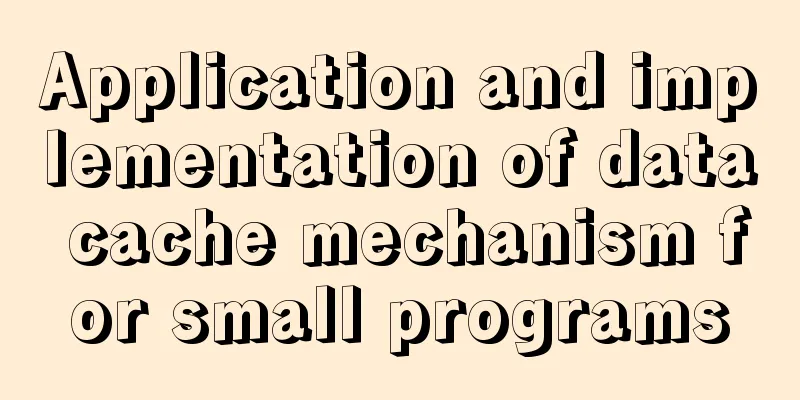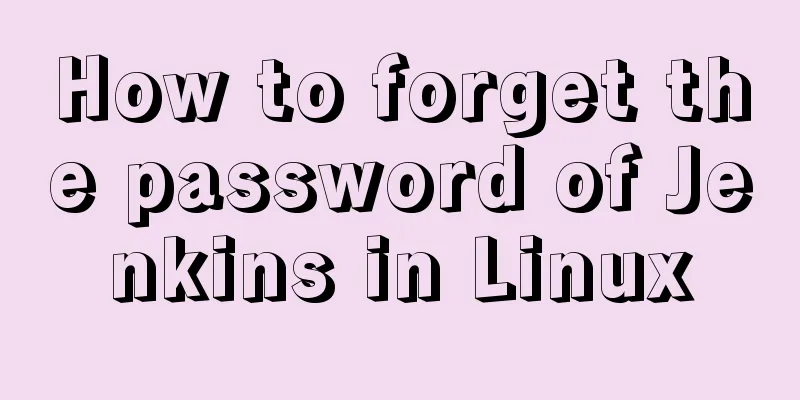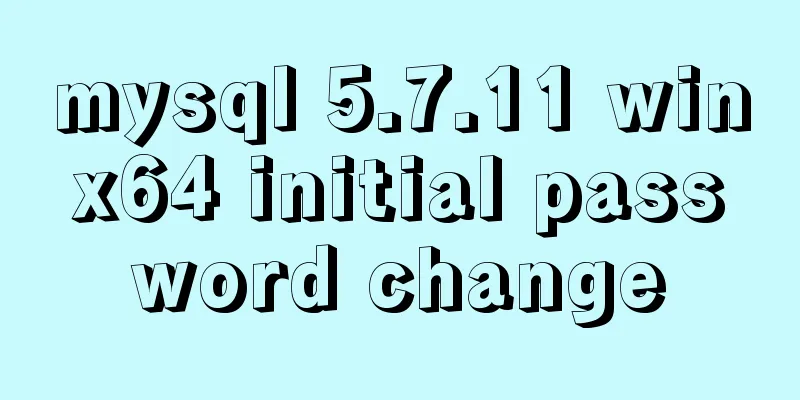Understanding MySQL index pushdown in five minutes
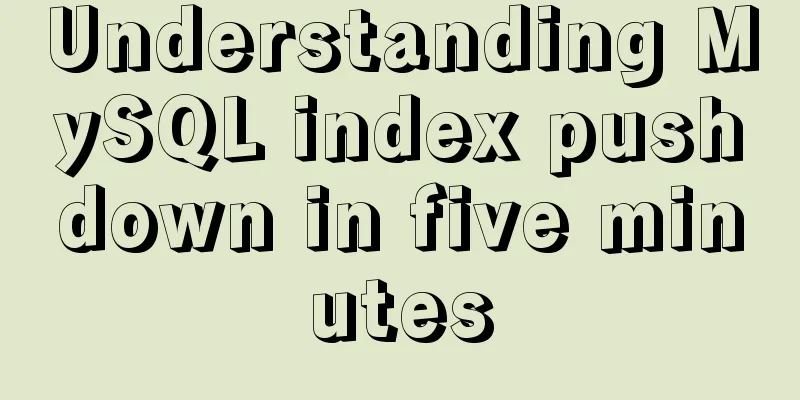
|
If you hear terms like "MySQL 5.6" and "index optimization" during an interview, you should immediately understand that this question is about "index pushdown". What is index pushdown?Index Condition Pushdown (ICP) is a new feature of MySQL 5.6. It can reduce the number of table queries and improve query efficiency. The principle of index pushdown optimizationLet's first take a brief look at the general architecture of MySQL:
The MySQL service layer is responsible for SQL syntax parsing, generating execution plans, etc., and calling the storage engine layer to perform data storage and retrieval. The push-down of index push actually means that some of the tasks that are the responsibility of the upper layer (service layer) are handed over to the lower layer (engine layer) for processing. Let's take a closer look at the MySQL query without using ICP:
When using ICP, the query process is:
Specific practice of index pushdownThe theory is rather abstract, so let’s put it into practice. Use a user table tuser and create a joint index (name, age) in the table.
If there is a requirement now: retrieve all users in the table whose first name is Zhang and whose age is 10 years old. Then, the SQL statement is written like this: select * from tuser where name like '张%' and age=10; If you understand the leftmost matching principle of indexes, you will know that this statement can only be used when searching the index tree, and the id of the first record that meets the conditions is 1.
So what are the next steps? No ICP used Before MySQL 5.6, the storage engine finds the primary key ID (1, 4) of Let's look at the schematic diagram:
It can be seen that the table needs to be returned twice, which wastes the other field age of our joint index. Using ICP After MySQL 5.6, the storage engine finds Let's look at the schematic diagram:
You can see that the table was only returned once. In addition, we can also look at the execution plan and see +----+-------------+-------+------------+-------+---------------+-----------+----------+------+------+------+----------+-----------------------+ | id | select_type | table | partitions | type | possible_keys | key | key_len | ref | rows | filtered | Extra | +----+-------------+-------+------------+-------+---------------+-----------+----------+------+------+------+----------+-----------------------+ | 1 | SIMPLE | tuser | NULL | range | na_index | na_index | 102 | NULL | 2 | 25.00 | Using index condition | +----+-------------+-------+------------+-------+---------------+-----------+----------+------+------+------+----------+-----------------------+ Index pushdown usage conditions
The purpose of index pushdown is to reduce the number of table returns, that is, to reduce IO operations. For InnoDB's clustered index, the data and index are together, and there is no such thing as table return.
Related system parametersIndex condition pushdown is enabled by default, and you can use the system parameter optimizer_switch to control whether it is enabled. View the default status: mysql> select @@optimizer_switch\G; *************************** 1. row *************************** @@optimizer_switch: index_merge=on,index_merge_union=on,index_merge_sort_union=on,index_merge_intersection=on,engine_condition_pushdown=on,index_condition_pushdown=on,mrr=on,mrr_cost_based=on,block_nested_loop=on,batched_key_access=off,materialization=on,semijoin=on,loosescan=on,firstmatch=on,duplicateweedout=on,subquery_materialization_cost_based=on,use_index_extensions=on,condition_fanout_filter=on,derived_merge=on 1 row in set (0.00 sec) Toggle state: set optimizer_switch="index_condition_pushdown=off"; set optimizer_switch="index_condition_pushdown=on"; SummarizeThis article ends here. I hope it can be helpful to you. I also hope that you can pay more attention to more content on 123WORDPRESS.COM! You may also be interested in:
|
<<: How to use Flex layout to achieve scrolling of fixed content area in the head
>>: Docker uses the Prune command to clean up the none image
Recommend
Sample code for displaying reminder dots in the upper left or upper right corner using CSS3
Effect picture (if you want a triangle, please cl...
Detailed explanation of the box model size depends on its padding, margin, and border values
The box model specifies the size of the element b...
Simple usage example of vue recursive component
Preface I believe many students are already famil...
Mini Program to Implement Sieve Lottery
This article example shares the specific code of ...
How to create a view on multiple tables in MySQL
In MySQL, create a view on two or more base table...
How to use translate and transition in CSS3
I always feel that translate and transition are v...
Detailed deployment of Alibaba Cloud Server (graphic tutorial)
I have recently learned web development front-end...
How to import CSS styles into HTML external style sheets
The link-in style is to put all the styles in one...
Basic JSON Operation Guide in MySQL 5.7
Preface Because of project needs, the storage fie...
Solution to MySQL restarting automatically
Preface Recently, a problem occurred in the test ...
Use of MySQL SHOW STATUS statement
To do MySQL performance adjustment and service st...
Docker installation and configuration steps for MySQL
Table of contents Preface environment Install Cre...
Detailed tutorial of using stimulsoft.reports.js with vue-cli
vue-cli uses stimulsoft.reports.js (nanny-level t...
MySQL Query Cache and Buffer Pool
1. Caches - Query Cache The following figure is p...
How does Vue implement communication between components?
Table of contents 1. Communication between father...





